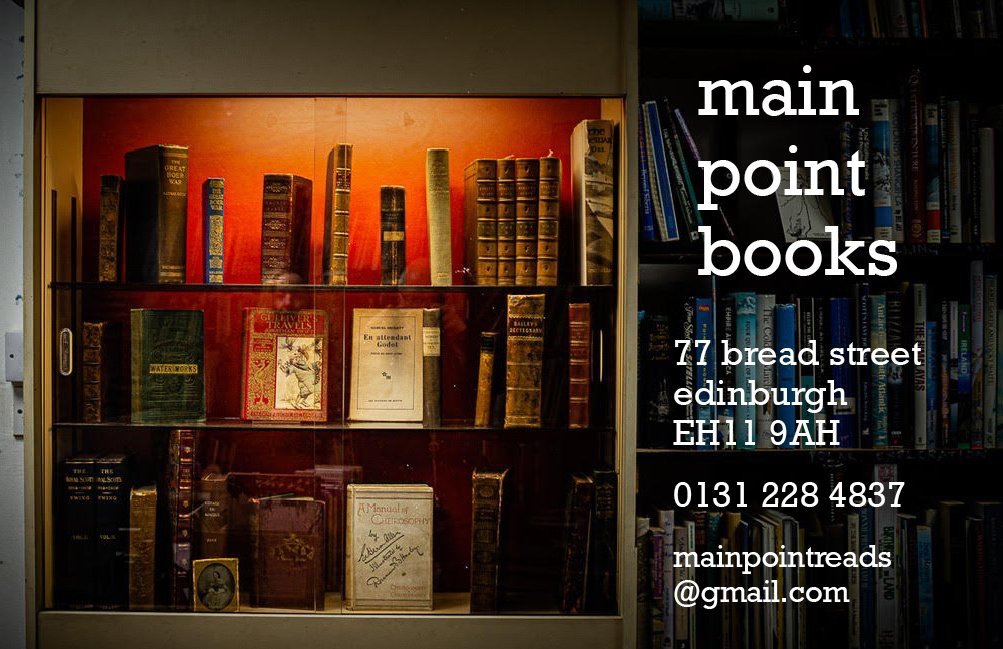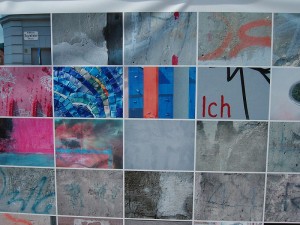Egon Schiele’s Paintings and Vienna’s Evening Streets
A poster advertising the Egon Schiele exhibition displays one of his self-portraits. The colours and the shapes look out of place among Vienna’s baroque architecture. It looks ugly that’s what I thought. But the original in the Leopold Museum has a very different effect. It’s something to do with the vividness and I want to say lack of interpretation, but I don’t suppose we can ever get away from interpretation, but to me it looks like life given a shove, something bristling with energy being pushed through the paint. Not trying to make it pleasing to the eye, even less, to conform to some idea of what it should be, but trying to make it even more like it already is.
I found the self-portraits disturbing until I stopped trying to want them to be different, to conform to what I thought they should be. It was a precarious vision for me, a tightrope way of seeing, for baggage lurks on the edges of the eye’s mind, craving to turn it into something it is not, shuffling its rhetoric, its interpretative critical moulding and dissembling. It huffs and puffs and tries to be noticed, tries to intrude its perception – superior of course – into the eye’s vision. But there were blessed moments when I saw – or it seemed that I saw – what was in front of me.
Even harder for me, were his nudes. Reaction and emotion squabbled with my eyes and the objective interpreter was silenced. But he was painting the nudes in the same way, I came to see, as he did his self-portraits – he was not trying to make his models beautiful, sensuous or erotic but was painting what he saw, with that extra shove, that emancipated detail that was not smeared or shaded out. And because detail was not elided into sidelines or suburbs, it was democratised, the result was unnerving, for we do not give the same credence in life to the marginal, the half-effaced, the timid; we worship the precocious, the declamatory, and here was someone who gave equal voice to what we usually submerge into peripheral vision.
At first glance you might say bold, assertive, but on longer contemplation I felt there was something much more tender and evocative in the democratic centrality of any part of the painting. There were no peripheries. The painting did not home in on this or that area, placing the rest in background. Yet it gained dimensionality from that, it did not lose it. What our eye or our thinking normally elided into background, was equally present which was why there was the feeling of the detail being pushed in front of our eyes.
Which I suppose was why his nude paintings, done in the early part of the 20th century, and in Austria, were originally seen as shocking. Anatomical details were not ignored or placed in shadow. Because everything was included, because we saw what we had learned to efface from our seeing, it looked as if details of the body were given extra focus but they were not. It was our cryptic way of seeing that was highlighted in the viewer and that must have been quite shocking to have one’s way of seeing – or not-seeing – made so apparent. But what was found shocking, rather than the ability to rearrange our perception through his art, was what was seen, in this new perception which hid nothing, imposed no ideals, left out no details, and because of that, eroticism flares out of the canvases.
Yet his other paintings show this same capacity, whether they depict fully or semi-clad figures, buildings or landscapes. The roofs of buildings are intimately tiled. A thin tree squirms against a pink evening sky. There is an impression of lack of perspective but as you look closer, it is inclusion, not lack. By dismissing centrality and pulling in the margins, dimensions are multiplied.
Not just the galleries and museums but the streets of Vienna too have their own art exhibits and performers. There is the silver man, who moves with an amazing gliding technique of slow motion, who turns to look at people who approach him and follows them with facial expressions and gestures, miming that invisible energy that flows between people, defying the apparent boundaries of our bodies. There are people who stand on their hands and remain there, perfectly balanced. There is a golden Mozart, complete with golden wig and golden flared and deep-cuffed jacket, golden knee-length trousers, golden stockings and buckled shoes. But he stands on his plinth looking uneasy, looks around him as if he’s lost something and is looking for it. After the fluidity of the anonymous silver man, he looks agitated and uncomfortable as if he doesn’t want to be there. And perhaps because people sense this, there is no circle of onlookers as there is around the silver man. Or they may doubt his authenticity – there are so many Mozarts in Vienna after all. They are on posters, they stand outside restaurants, they weave in and out of the crowds. There again, perhaps his unease is deliberate, and he’s looking around him as if trying to orientate himself, wondering who these people are, wearing such odd clothes, and what on earth he is doing there.
I walk back from the city centre, following Argentinier Strasse.
The last rays of sun are falling on the Keplerplatz. A flock of pigeons have flown onto the ledge that juts out above the second floor windows of the Hotel Kolbeck. It’s not quite the roof and all the better for that, being sheltered from the wind that has rummaged through the city today, stirring the few pieces of rubbish lying in the streets, making people pull their collars tightly around their necks. The pigeons line the ledge above the stonework. Each window has a narrow frame of salmon pink, before the busts – heads and shoulders, all identical – protrude in elegant plaster, on each side of every window.
The building next door is even more ornate. On either side of the doorway are two large handsome sculpted torsos, bearing the pillars – supporting a balcony – on their shoulders. Higher up, portraits of unknown faces are curled and licked with baroque ornamentation, with folds of sculpted stone curtains hanging from them. The top storey has a painted façade, in red, gold and orange, figures holding staffs, goblets, clad in draperies. One has a dog at his feet, beside what looks like a rolled-up carpet.
As the sun vanishes behind buildings, the lower sky glows with pink. The centres of the few clouds are murky purple and they have halos of golden light around them. Behind them the sky flushes a deeper pink, as if it was absorbing colour, like damp paper.
This colour reminds me of one of the Egon Schiele paintings – a landscape with hills so thick and layered, terraced and embroidered, they looked like tapestries with sequins stuck on them. Then there were the trees, slivers of darkness with skinny leaves – a strip of water, two rocks, and from the water outwards, everything was rosy, unforgettable. It was called simply Versinkende Sonne. The colour wrapped the landscape – and you knew that it would soon be gone. But because he had caught it, this marvel could be carried with us, out into the tree-lined Museum Quartier, across the street and along the road in front of the Hofburg, where the horse-drawn carriages line the street, the horses standing with their heads down, submissive, waiting, white horses, brown, some dappled grey, some with their ears covered in white or black cloth, with a little lace decorating their foreheads.
A dark bird flies across the sky, now the colour of rusted gold. It perches on an aerial, flicking open its wings from time to time. Another joins it and they sit on the two ends of the aerial like two black apostrophies, turning the immense pinkness of the sky into a quotation.


